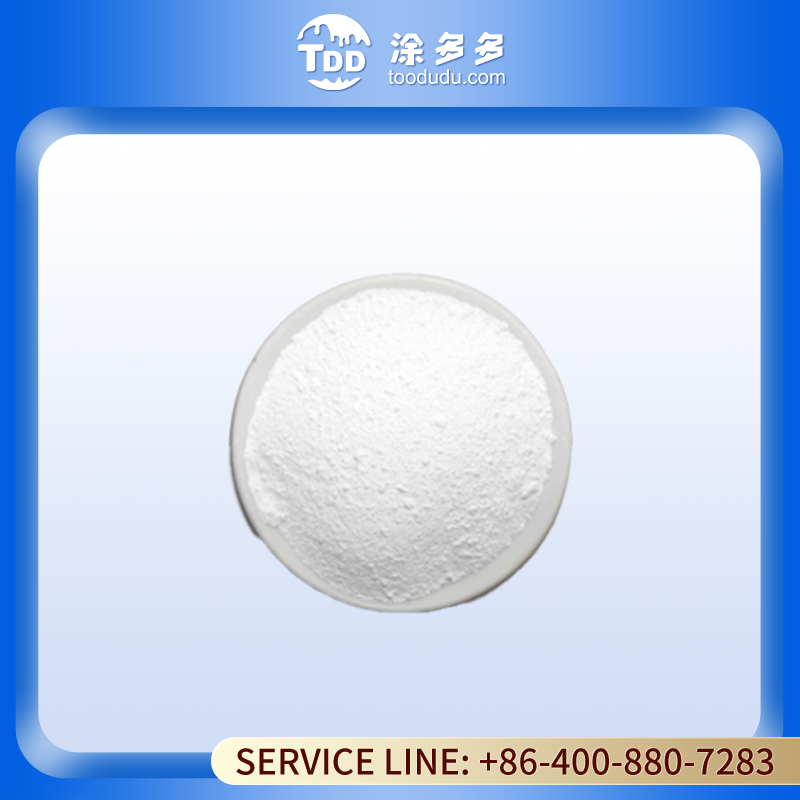Titanium ore refers to minerals containing a large amount of titanium ore. The main ones utilized in China are ilmenite , rutile and titanium magnetite .

Raw material characteristics #
Titanium is a typical lithophile element and often appears as an oxide mineral. There are more than 80 kinds of minerals containing more than 1% TiO2 in the earth’s crust, and 15 kinds have industrial value. The main ones used in China are ilmenite , rutile and titanium magnetite (Table 3.5.1). They are both primary (rock minerals) and secondary (weathered residual slope accumulation and sedimentary sand minerals ).
Properties of titanium #
Because titanium metal is silvery white, it has a high melting point (1727°C), light specific gravity (4.5), high mechanical strength (5), low temperature resistance (resistivity is almost 0 at ultra-low temperatures), abrasion resistance, and good plasticity of titanium wire (can Thin-walled use), not easily oxidized, and highly reducible; the oxide of titanium, titanium dioxide (titanium dioxide), is non-toxic and has good physical and chemical stability (it does not melt in any acid and alkali after calcining at 1000°C) , high refractive index (2.55~2.70), as well as strong whiteness, tinting power (1150~1650), hiding power (40~50g/m2), temperature resistance, anti-powdering and other characteristics, it is called “pigment” King of”. Therefore, titanium and its oxides and alloy products are important coatings, new structural materials, and anti-corrosion materials . They are known as “the third metal in development after iron and aluminum” and “strategic metals”, and are also “promising” Metal materials” are widely used in aviation, aerospace, ships, military industry, metallurgy, chemical industry, machinery, electricity, desalination, transportation, light industry, environmental protection, medical equipment and other fields, and have created a huge economy Benefits and social benefits play an important role in the development of the national economy.
Economic Indicators #
Titanium raw materials are mainly used to produce titanium dioxide ( titanium dioxide ), titanium metal (titanium sponge), titanium-containing steel and welding rod coatings. Their proportions are slightly different in my country and abroad. Titanium dioxide accounts for 88% in China and 92.4% abroad; titanium metal (titanium sponge) accounts for 10% in China and 5.3% abroad; titanium-containing steel and welding rod coatings account for 2.0% in China and 2.3% abroad.
Titanium dioxide is not only a white pigment with excellent performance, but also an important chemical raw material. It is widely used in coatings, inks, plastics, rubber, paper and chemical fiber industries. Titanium dioxide coating has bright colors and pure tones; titanium dioxide is a high-grade filler for paper, making the paper thin and opaque, with high whiteness, good gloss, high strength, smoothness and easy use. Titanium dioxide is used in the plastic industry as an opaque colorant ; in the rubber industry, it makes white and light-colored rubber have high strength, high elongation, aging resistance and resistance to fading. It is also the best matting material for chemical fibers , giving transparent chemical fibers a permanent matting effect and improving toughness. In addition, it is also used in enamel, electrical appliances, electronic materials, etc.
After titanium concentrate is smelted into sponge titanium, it is then cast into ingots and made into industrial pure titanium and titanium alloy titanium materials. Titanium and Titanium Alloys Titanium materials are mainly used in the aviation and aerospace sectors. Compared with alloy steel, titanium alloy can reduce the weight of aircraft by 40%. Others, such as artificial satellite shells, spacecraft skins, rocket engine casings, missiles, etc., titanium alloys can all show their talents. The use of industrial pure titanium and titanium alloys in non-aerospace sectors is mainly in power station condensers, seawater contact devices, chemical devices and some mechanical engineering. In particular, the use of titanium for seawater desalination heaters is an epoch-making event in the development of the titanium industry. The ordnance industry department mainly uses titanium for the production of ships and weapons.
In addition to being mainly used to produce industrial pure titanium and titanium alloys, titanium metal is also used to produce titanium ferroalloys and titanium-containing steel for the steel industry. Titanium is an added element in steel that can change the properties of steel. Make steel have higher strength and hardness under the same tempering temperature, or temper to a higher temperature under the same hardness requirements. China’s titanium-containing steels include high-strength low-alloy steels, structural steels, stainless steels, heat-resistant alloys , ultra-high-strength steels and magnetic steels. They are widely used in automobiles, ships and oil drilling, and have developed into a The second largest steel series of manganese steel.
Rutile, the main titanium-containing mineral , is also an indispensable raw material for high-quality welding rod coatings.
A brief history of mining #
In 1789, the British amateur mineralogist Father William Gregor discovered a new element (titanium) in the black magnetic sandstone ( ilmenite ) in the Manakin Valley in his parish, Gonaval State. It was named “Menaccanite” at the time.
In 1795, the German chemist MHKlaproth discovered a new metal oxide , which is now rutile (TiO2), while conducting systematic analysis and examination of rock minerals. He named this new element as In Greek mythology, the Titans, the sons of heaven and earth, were named Titanium. “Titanium” is what Gregor calls “Mernaginite”.
industrial development #
The geological exploration of China’s titanium ore resources was mainly carried out in the 1950s and 1960s after the founding of the People’s Republic of China, and was successively put into development. The deep processing and utilization of China’s titanium ore resources (production of titanium dioxide , welding rod coatings, titanium sponge, titanium metal, titanium materials, etc.) began in 1954 when the Beijing Nonferrous Metals Research Institute developed sponge titanium. In 1958, the Shenyang Nonferrous Metals Processing Plant was built. The titanium sponge and titanium material processing workshop was put into operation. In the late 1960s, a titanium industrial system began to be formed (producing titanium sponge, titanium processing materials and other products). By 1997, China’s titanium industry had formed a mining-smelting-processing and scientific research-design- Production and application are two interrelated and relatively complete systems. my country is one of the world’s exporters of titanium concentrate, wrought titanium, titanium products, titanium oxide and anatase titanium dioxide pigments.

 2024-03-10
2024-03-10 

